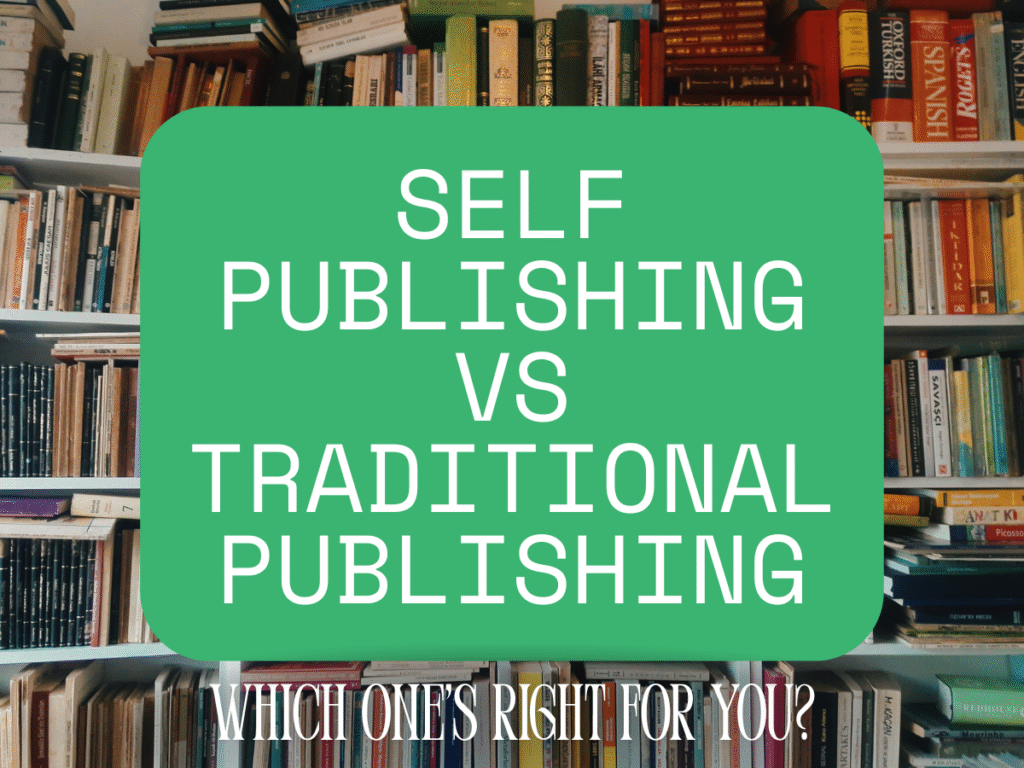
Discover the pros, cons, and key differences between self publishing and traditional publishing to choose the right path for your author journey.
In a world where every voice has a platform and every story can find an audience, the publishing landscape has become more dynamic and complex than ever. This choice hinges on your goals, priorities, risks and rewards. This article doesn’t just lay out the facts, it helps you to decide what aligns with your long-term vision strategically.
THE TRADITIONAL ROUTE : LEGACY, REACH, GATEKEEPERS
Traditional publishing is a prestigious and well-established process. By pitching your manuscript to a publisher, often through a skilled literary agent, you unlock a world where professionals manage editing, design, distribution, and marketing, ensuring your work reaches its full potential while you earn an advance.
BENEFITS:
Traditional publishing carries significant industry validation from experts that can create opportunities in media, bookstores, and academia. Furthermore, one can benefit from professional editing, cover design and production services without incurring upfront costs, ensuring a polished final product.
WEAKNESSES:
When securing a traditional publishing deal, one can expect limited control over vital aspects such as cover, pricing, and title. Additionally, it can be time-consuming from signing to publication. The potential for broad exposure and credibility is undeniable.
SELF PUBLISHING : CREATIVE FREEDOM AND PROFITS
Self-publishing allows you to take full charge as an author, publisher, and marketer. Platforms such as Amazon Kindle Direct Publishing (KDP), IngramSpark, and Draft2Digital make it easy for you to upload and distribute your book globally.
BENEFITS:
Self-publishing empowers you to earn impressive profits per book. Launch your book and seize the opportunity to bring your vision to life. With complete creative control over every detail from the cover design to pricing, you’re in command of your success.
WEAKNESSES:
While discoverability hinges on effective marketing efforts, and some may still view self-published books as less polished, the increasing respect for this publishing route reflects its potential. By overcoming these challenges, authors can assert their voices in a competitive literary landscape.
WHICH ONE’S RIGHT FOR YOU?
Here’s a detailed breakdown to guide your decision:
| ASK YOURSELF? | TRADITIONAL PUBLISHING | SELF-PUBLISHING |
| Are you looking to gain recognition in your industry? | Yes | No |
| Are you looking for creative freedom? | Limited | Unlimited |
| Is it critical to have speed to market? | Slow | Fast |
| Are you capable of marketing yourself effectively? | Publisher’s help | Eager to learn |
| Are you ready to claim complete ownership of your profits? | Publishers control terms | Keep everything |
THINK LIKE A CREATOR, ACT LIKE A CEO
The decision between self-publishing and traditional publishing is about aligning with your goals and vision. Whether you choose to self-publish, seek a traditional book deal, or pursue both avenues, one undeniable truth stands out: today’s authors are not just writers; they are dynamic entrepreneurs. The most successful authors master the art of making their words work smarter. Embrace this journey with confidence, and let your creativity shine!

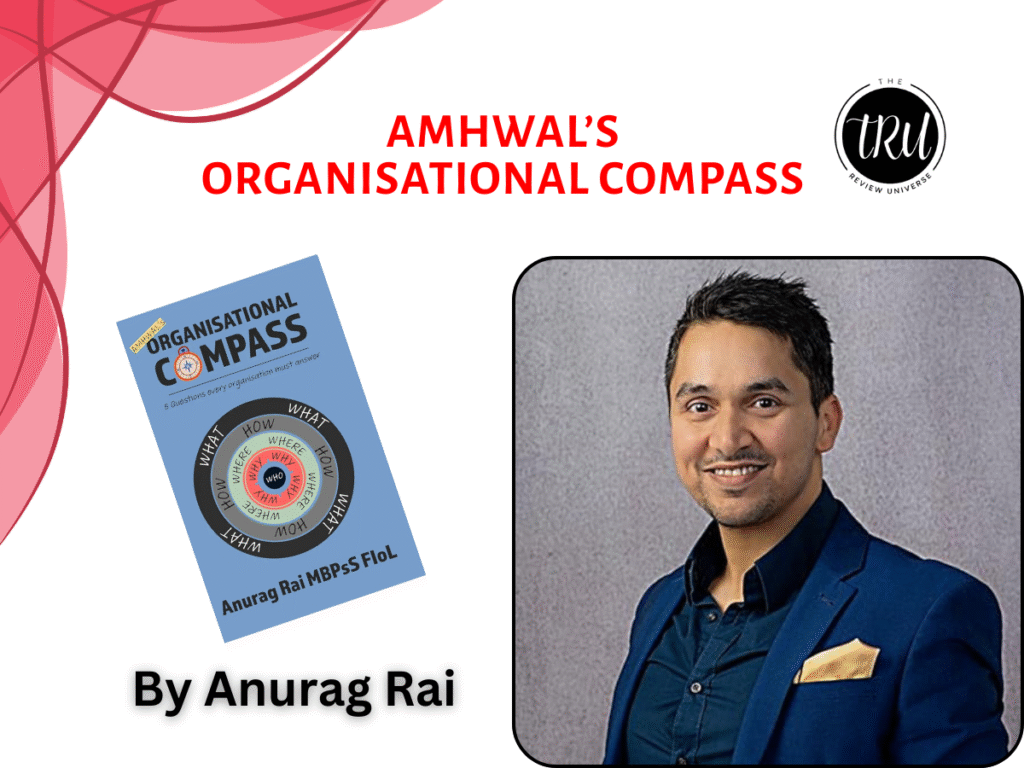
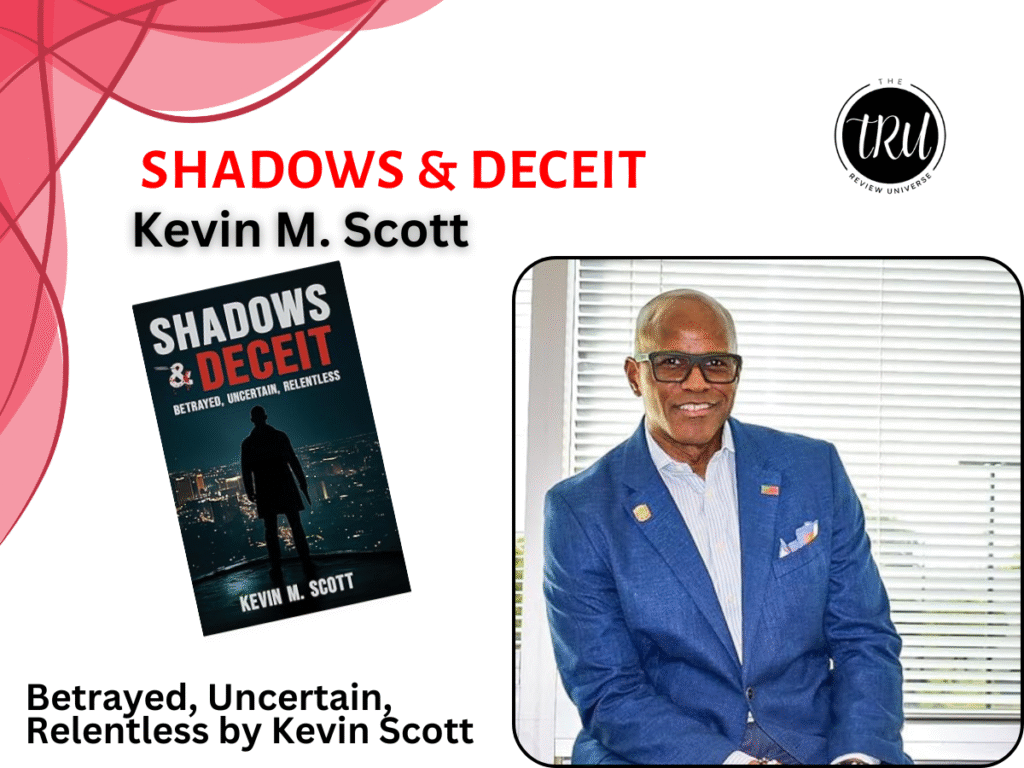
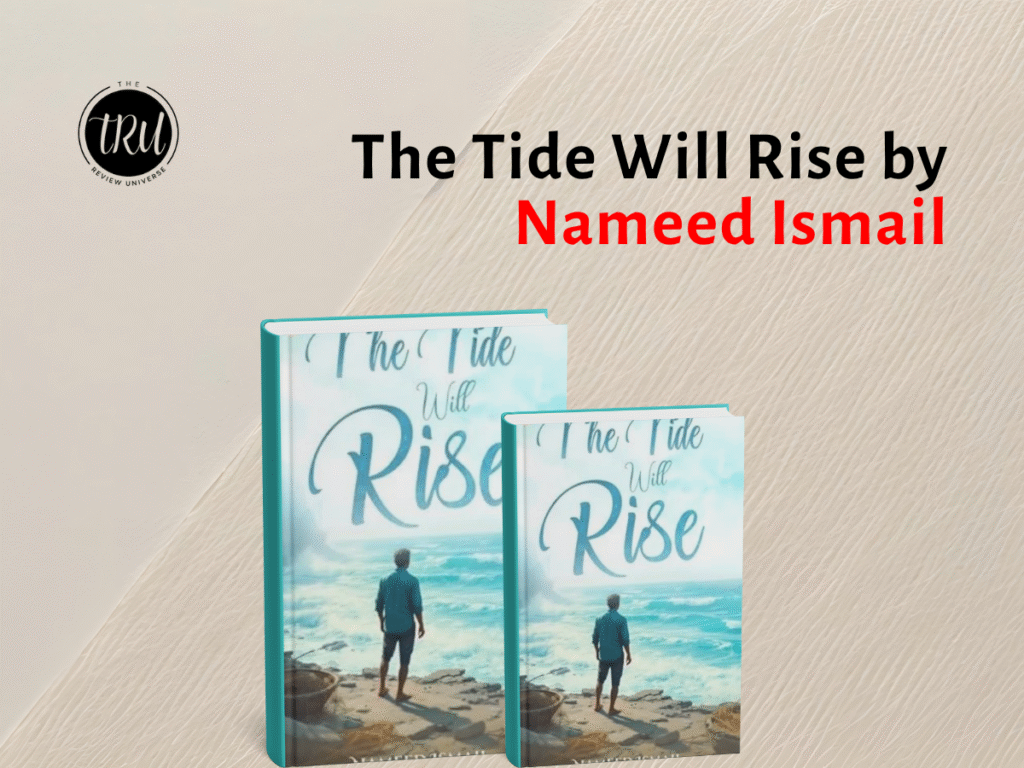
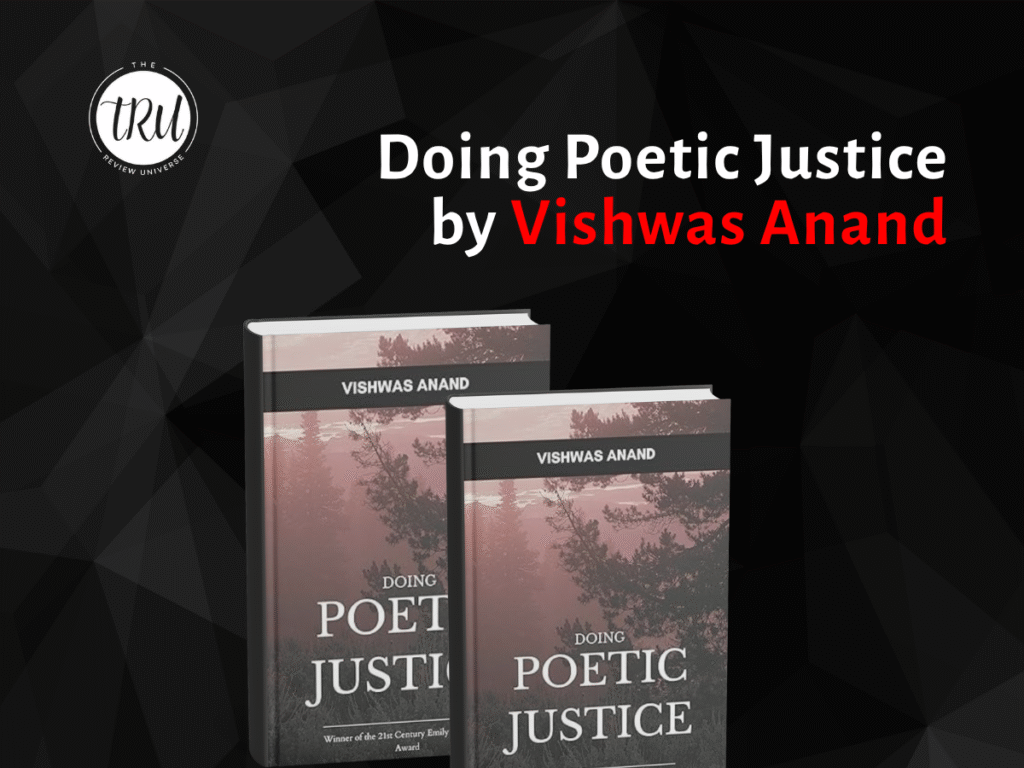
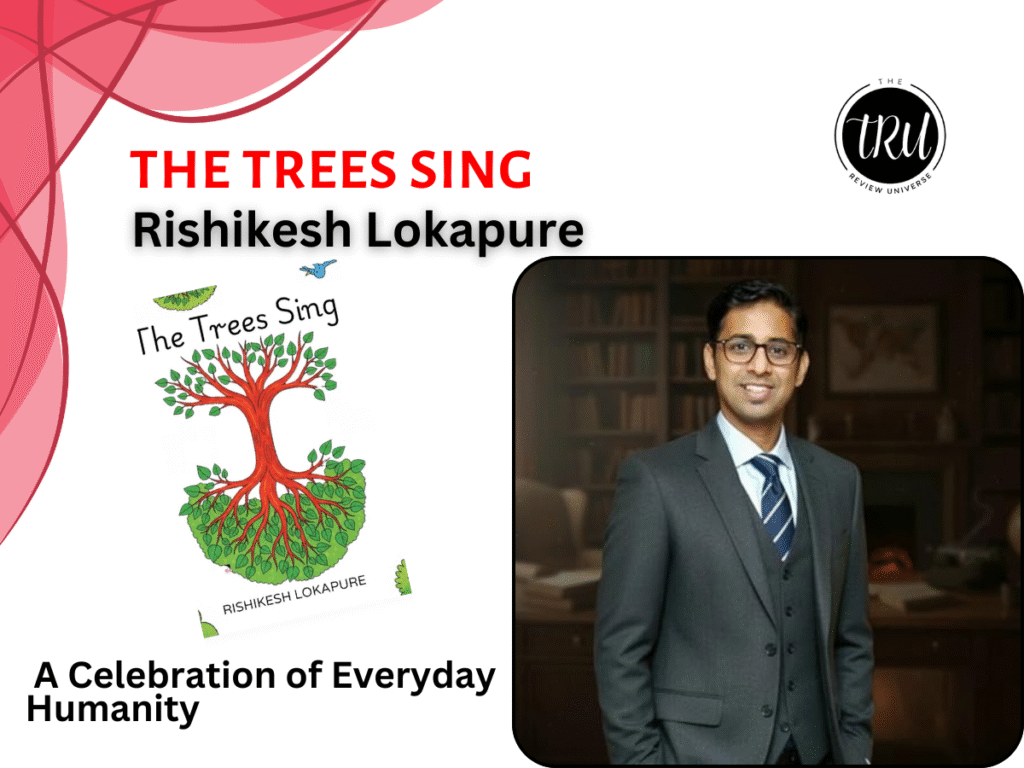

Pingback: 12 Fantasy Standalone Books for Readers Tired of Long Series - The Review Universe